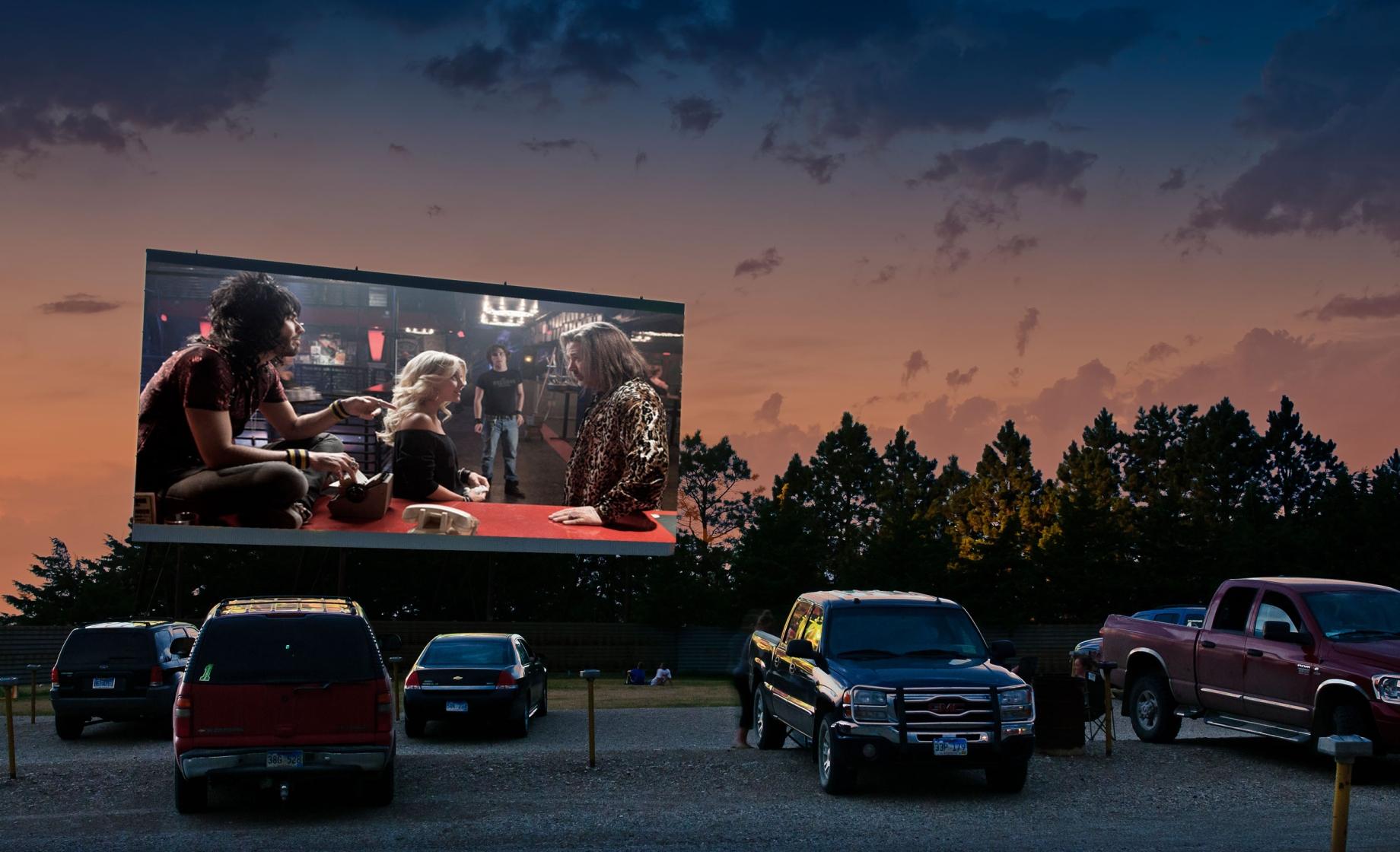
Glendale, California, is a city steeped in history, with a rich tapestry of historic events and moments that have shaped its identity. From its early days as a small town to its growth into a vibrant urban center, Glendale has been a witness to significant events that have left an indelible mark on its landscape. Exploring the historic events and moments in Glendale offers a fascinating glimpse into the city's past, showcasing its resilience, diversity, and cultural heritage. Join us as we delve into 10 compelling facts about Glendale's history, uncovering the stories and legacies that continue to resonate through the streets of this dynamic Southern California city. So, let's embark on a journey through time and discover the captivating history of Glendale, California.
Key Takeaways:
- Glendale, California has a rich history dating back to the Tongva people, with landmarks like the Alex Theatre and Forest Lawn Memorial Park honoring its past and cultural heritage.
- The city’s growth after World War II, vibrant Brand Boulevard, and natural beauty of the Glendale Narrows showcase its dynamic energy and diverse attractions for residents and visitors alike.
The land that is now Glendale was originally inhabited by the Tongva people.
Before the arrival of European settlers, the area of present-day Glendale was home to the Tongva people, also known as the Gabrielino-Tongva Tribe. They lived in the region for thousands of years, thriving in the abundant natural resources and mild climate of the area.
Glendale was officially incorporated as a city in 1906.
On February 15, 1906, Glendale was officially incorporated as a city in Los Angeles County, California. This marked a significant milestone in the city’s history, solidifying its status as an independent municipality with its own local government and administration.
The Alex Theatre is a historic landmark in Glendale.
Originally known as the Alexander Theatre, the iconic Alex Theatre has been a centerpiece of Glendale’s cultural and entertainment scene since its opening in The theatre has undergone various renovations and remains a beloved venue for live performances, film screenings, and community events.
The Forest Lawn Memorial Park in Glendale is the final resting place of many celebrities.
Forest Lawn Memorial Park, located in Glendale, is the burial site of numerous notable individuals, including celebrities from the entertainment industry. The cemetery’s picturesque grounds and grand mausoleums have made it a unique and revered destination for visitors paying their respects.
The Grand Central Air Terminal in Glendale played a significant role in aviation history.
During the early 20th century, the Grand Central Air Terminal in Glendale was a pioneering hub for commercial aviation. It served as a vital center for air travel, contributing to the growth and development of the aviation industry in the region and beyond.
The Glendale area experienced rapid growth during the post-World War II era.
Following World War II, Glendale underwent a period of rapid expansion and development. The city experienced a surge in population as returning veterans and their families sought new opportunities and settled in the area, contributing to its dynamic growth.
Glendale’s Brand Boulevard is a vibrant commercial and cultural district.
Brand Boulevard, located in the heart of Glendale, is a bustling thoroughfare lined with diverse shops, restaurants, and cultural attractions. It serves as a vibrant hub for commerce, entertainment, and community gatherings, reflecting the city’s dynamic energy and diversity.
The Glendale Narrows section of the Los Angeles River offers natural beauty and recreational opportunities.
The Glendale Narrows, a stretch of the Los Angeles River that runs through the city, provides a serene natural environment amidst the urban landscape. It offers opportunities for outdoor activities, wildlife observation, and connecting with the natural beauty of the region.
The historic Casa Adobe de San Rafael is a testament to Glendale’s early Spanish and Mexican heritage.
Casa Adobe de San Rafael, a historic adobe house in Glendale, stands as a reminder of the city’s rich Spanish and Mexican heritage. Built in 1870, the adobe structure showcases the architectural and cultural influences of the early settlers in the region.
The Museum of Neon Art in Glendale celebrates the art and history of neon signs.
The Museum of Neon Art, located in Glendale, is a unique institution dedicated to preserving and showcasing the vibrant art form of neon signs. It offers visitors a captivating journey through the history, design, and cultural impact of neon art, highlighting its significance in the visual landscape of the city and beyond.
Conclusion
Glendale, California, is a city steeped in rich history and significant moments. From its early days as a thriving agricultural community to its transformation into a vibrant urban center, Glendale has been witness to numerous historic events that have shaped its identity. The city’s diverse cultural heritage, iconic landmarks, and pivotal moments in history make it a compelling destination for history enthusiasts and curious visitors alike. Exploring the historic events and moments in Glendale offers a fascinating glimpse into the past and a deeper appreciation for the city’s enduring legacy. Whether it’s the birth of the aviation industry, the rise of the entertainment sector, or the impact of cultural influences, Glendale’s history continues to captivate and inspire.
Next, I'll work on the FAQs.
Was this page helpful?
Our commitment to delivering trustworthy and engaging content is at the heart of what we do. Each fact on our site is contributed by real users like you, bringing a wealth of diverse insights and information. To ensure the highest standards of accuracy and reliability, our dedicated editors meticulously review each submission. This process guarantees that the facts we share are not only fascinating but also credible. Trust in our commitment to quality and authenticity as you explore and learn with us.
